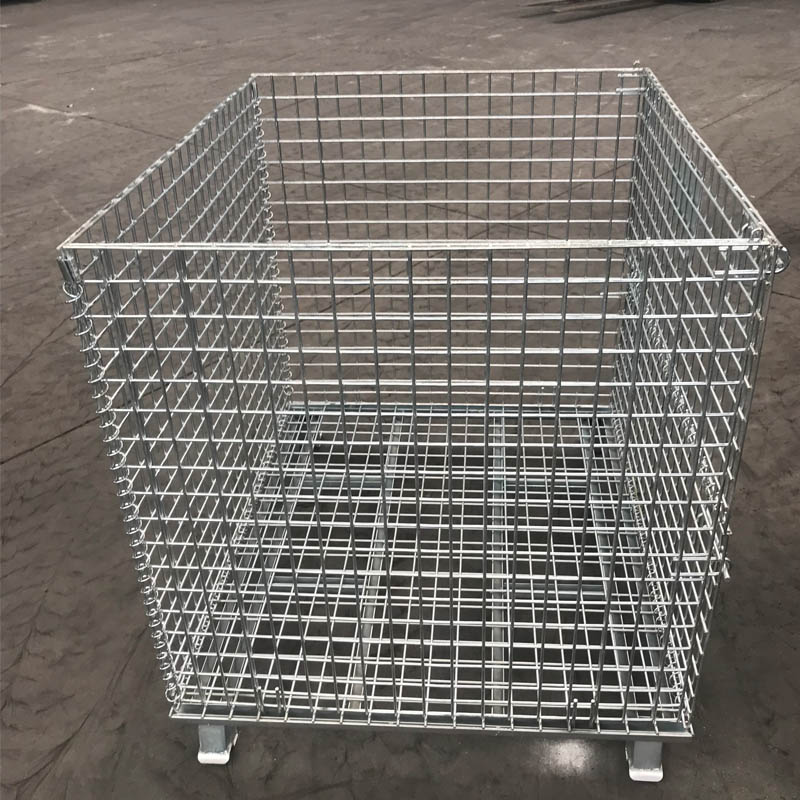
- Mobile Phone
- +8613931874955
- sales@cntcmetal.com
Understanding the Function and Importance of Brick Expansion Ties in Construction
Understanding Brick Expansion Ties Importance and Application in Construction
Brick expansion ties are a crucial component in the construction and maintenance of brick structures, particularly in the realms of structural integrity and thermal regulation. As buildings undergo various temperature fluctuations, their materials can expand and contract. Without appropriate measures, this thermal movement can lead to structural damage, compromising the longevity and safety of the construction. This article aims to delve into the significance of brick expansion ties, their applications, and best practices in ensuring effective implementation.
The Purpose of Brick Expansion Ties
Brick expansion ties serve a pivotal role in managing the expansion and contraction of brick walls, particularly in larger structures where temperature variations can be more pronounced. These ties are typically installed between the bricks and the structural framework, allowing for movement while maintaining the wall's integrity. Essentially, they act as flexible connectors that accommodate thermal expansion, reducing the risk of cracking, spalling, or other forms of damage.
The necessity for these ties becomes clear when considering the physical properties of bricks. Bricks are typically made from clay, which can expand when heated and contract when cooled. This process creates internal stresses within the wall. Without expansion ties, brick walls may buckle or develop significant cracks, necessitating costly repairs.
Materials Used in Expansion Ties
Expansion ties come in various materials, each with distinct advantages. Commonly used materials include stainless steel, galvanized steel, and various types of synthetic materials. Stainless steel is highly favored in many applications due to its resistance to corrosion, which is essential for structures that face moisture exposure. Galvanized steel provides a more cost-effective alternative while still offering substantial resistance to rust and wear.
Synthetic materials, such as fiberglass or plastic options, are sometimes utilized in environments where metal ties might be susceptible to corrosion. The choice of material often depends on the specific requirements of a project, including environmental conditions, load-bearing capacities, and overall project costs.
Installation Best Practices
The proper installation of brick expansion ties is critical to ensuring their effectiveness
. Key considerations includebrick expansion ties

1. Spacing It is essential to adhere to guidelines for spacing ties, which usually depend on the height and type of the wall. Incorrect spacing can lead to uneven distribution of forces and, subsequently, potential damages.
2. Alignment Ties must be aligned with the wall’s framework accurately. Misalignment can prevent the ties from functioning properly and may lead to increased stress points in the wall.
3. Integration with Moisture Barriers Expansion ties should be installed in conjunction with moisture barriers to protect against water intrusion. This can help maintain the structural integrity of both the ties and the brickwork.
4. Regular Inspections Once installed, it is crucial to conduct periodic inspections to check for signs of corrosion, misalignment, or other issues that may compromise the function of the ties.
The Broader Impacts on Structural Longevity
Understanding and implementing brick expansion ties not only preserves the structural integrity of walls but far-reaching implications for safety and sustainability. By minimizing potential damages, these ties reduce the need for costly repairs and ensure that buildings maintain their aesthetic appearance and functionality over time. This is particularly important in heritage buildings, where maintaining historical accuracy alongside structural safety is paramount.
In addition, implementing proper expansion tie systems can improve thermal efficiency, allowing energy savings in heating and cooling. As modern construction places heightened emphasis on sustainability, utilizing expansion ties correctly aligns with broader goals of energy efficiency and resource conservation.
Conclusion
In summary, brick expansion ties represent a critical yet often overlooked aspect of brick construction and maintenance. By understanding their purpose, selecting the appropriate materials, and adhering to best installation practices, builders and homeowners can safeguard their properties against the challenges posed by temperature variances. As we continue to build urban environments, integrating reliable solutions such as expansion ties will be essential in promoting the longevity and resilience of our infrastructures.
share:
-
Why Sacrificial Formwork Is Redefining Underground ConstructionNewsJun.06,2025
-
The Structural Dynamics of Modern Concrete: How Snake Spacers Revolutionize Flexible ReinforcementNewsJun.06,2025
-
Snake Spacers Smart-Lock Concrete Reinforcement with Surgical PrecisionNewsJun.06,2025
-
Snake Spacers: Reinforcement Precision for Modern Concrete ProjectsNewsJun.06,2025
-
Snake Spacers Powering Concrete's Structural DNANewsJun.06,2025
-
Slither into Success: Snake Spacers' Precision Bite for Unbreakable ReinforcementNewsJun.06,2025
-
Sacrificial Formwork: Building Stronger, Faster, and Safer StructuresNewsJun.06,2025



















